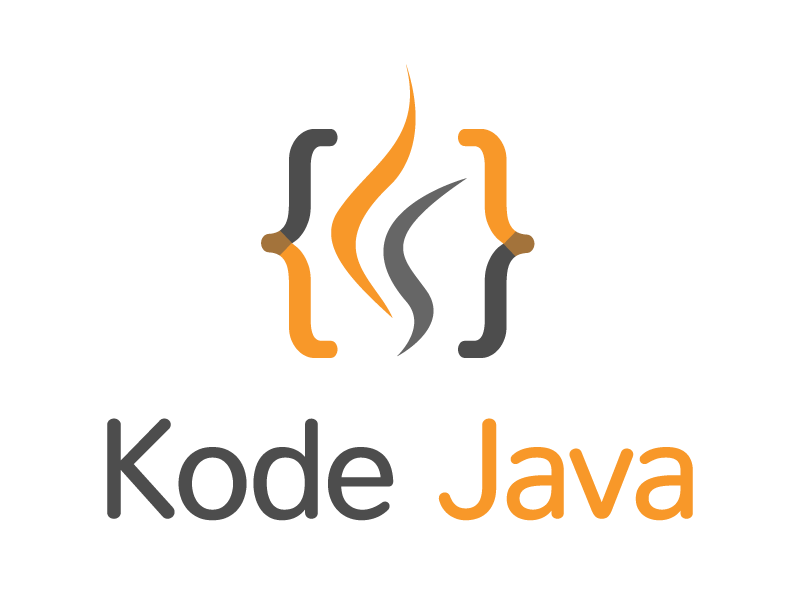This example show you how to connect and read data from MySQL database directly from Android. The following steps and code snippet will show you how to do it.
Add the MySQL JDBC driver into your project dependencies. Open the app/build.gradle file and add the dependency.
...
...
dependencies {
...
...
implementation 'mysql:mysql-connector-java:5.1.49'
}
If you want to connect to MariaDB you can change the JDBC driver dependency using 'org.mariadb.jdbc:mariadb-java-client:1.8.0', also update the JDBC url in the code snippet by replacing mysql with mariadb.
Next, add internet permission to our application in AndroidManifest.xml file.
<?xml version="1.0" encoding="utf-8"?>
<manifest xmlns:android="http://schemas.android.com/apk/res/android"
package="org.kodejava.android">
<uses-permission android:name="android.permission.INTERNET" />
...
...
</manifest>
Let’s connect, read data from the database and display the information on the screen. In the code snippet we create an AsyncTask to read the information from the database. In the doInBackground() method we open a connection to the database, create a PreparedStatement, execute a query, get a ResultSet and read the information from it. We pack the data into a Map and return it.
After the doInBackground() method finish its execution the onPostExecute() method will be called. In this method we take the result, the Map returned by the doInBackground() method, and set the values into the TextView components for display.
package org.kodejava.android;
import android.annotation.SuppressLint;
import android.os.AsyncTask;
import android.util.Log;
import android.widget.TextView;
import androidx.appcompat.app.AppCompatActivity;
import android.os.Bundle;
import java.sql.Connection;
import java.sql.DriverManager;
import java.sql.PreparedStatement;
import java.sql.ResultSet;
import java.util.HashMap;
import java.util.Map;
public class MainActivity extends AppCompatActivity {
private static final String URL = "jdbc:mysql://192.168.0.107:3306/kodejava";
private static final String USER = "kodejava";
private static final String PASSWORD = "kodejava";
@Override
protected void onCreate(Bundle savedInstanceState) {
super.onCreate(savedInstanceState);
setContentView(R.layout.activity_main);
new InfoAsyncTask().execute();
}
@SuppressLint("StaticFieldLeak")
public class InfoAsyncTask extends AsyncTask<Void, Void, Map<String, String>> {
@Override
protected Map<String, String> doInBackground(Void... voids) {
Map<String, String> info = new HashMap<>();
try (Connection connection = DriverManager.getConnection(URL, USER, PASSWORD)) {
String sql = "SELECT name, address, phone_number FROM school_info LIMIT 1";
PreparedStatement statement = connection.prepareStatement(sql);
ResultSet resultSet = statement.executeQuery();
if (resultSet.next()) {
info.put("name", resultSet.getString("name"));
info.put("address", resultSet.getString("address"));
info.put("phone_number", resultSet.getString("phone_number"));
}
} catch (Exception e) {
Log.e("InfoAsyncTask", "Error reading school information", e);
}
return info;
}
@Override
protected void onPostExecute(Map<String, String> result) {
if (!result.isEmpty()) {
TextView textViewName = findViewById(R.id.textViewName);
TextView textViewAddress = findViewById(R.id.textViewAddress);
TextView textViewPhoneNumber = findViewById(R.id.textViewPhone);
textViewName.setText(result.get("name"));
textViewAddress.setText(result.get("address"));
textViewPhoneNumber.setText(result.get("phone_number"));
}
}
}
}
- Finally, here is the screenshot of our Android application.
The complete source code can be accesses in our GitHub repository here: android-mysql-example.

